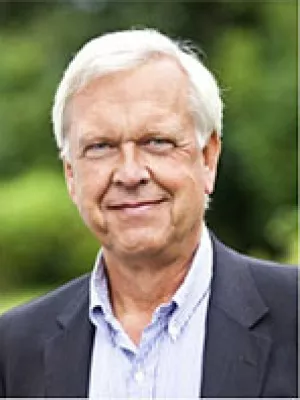
Carl Borrebaeck
Professor

CD27(-) CD4(+) memory T cells define a differentiated memory population at both the functional and transcriptional levels
Author
Summary, in English
The memory T-cell population is a heterogeneous population, including both effector cells, which exert a direct secondary immune response, and resting or intermediate cells, which serve as a reservoir and exert a possible regulatory role. To further dissect the T-cell memory population residing in the CD4(+) CD45RO(+) T-cell pool, we studied the functional properties of memory populations identified by the CD27 marker. This marker clearly divides the memory population into two groups. One group consists of effector cells lacking CD27 and displaying a high antigen recall response. The other group consists of an intermediate memory population, displaying CD27. This latter group lacks an antigen recall response and requires costimulation for T-cell receptor triggering. To evaluate the function of the CD27(+) memory pool, we analysed the transcriptional profile, using high-density microarray technology. These gene data strongly support the different functional profiles of CD27(+) and CD27(-) memory populations, in terms of protein expression and the capacity to respond to antigen.
Department/s
- Department of Immunotechnology
- Adaptive Immunity
Publishing year
2004
Language
English
Pages
363-370
Publication/Series
Immunology
Volume
113
Issue
3
Links
Document type
Journal article
Publisher
Wiley-Blackwell
Topic
- Immunology in the medical area
Status
Published
Research group
- Adaptive Immunity
ISBN/ISSN/Other
- ISSN: 0019-2805

